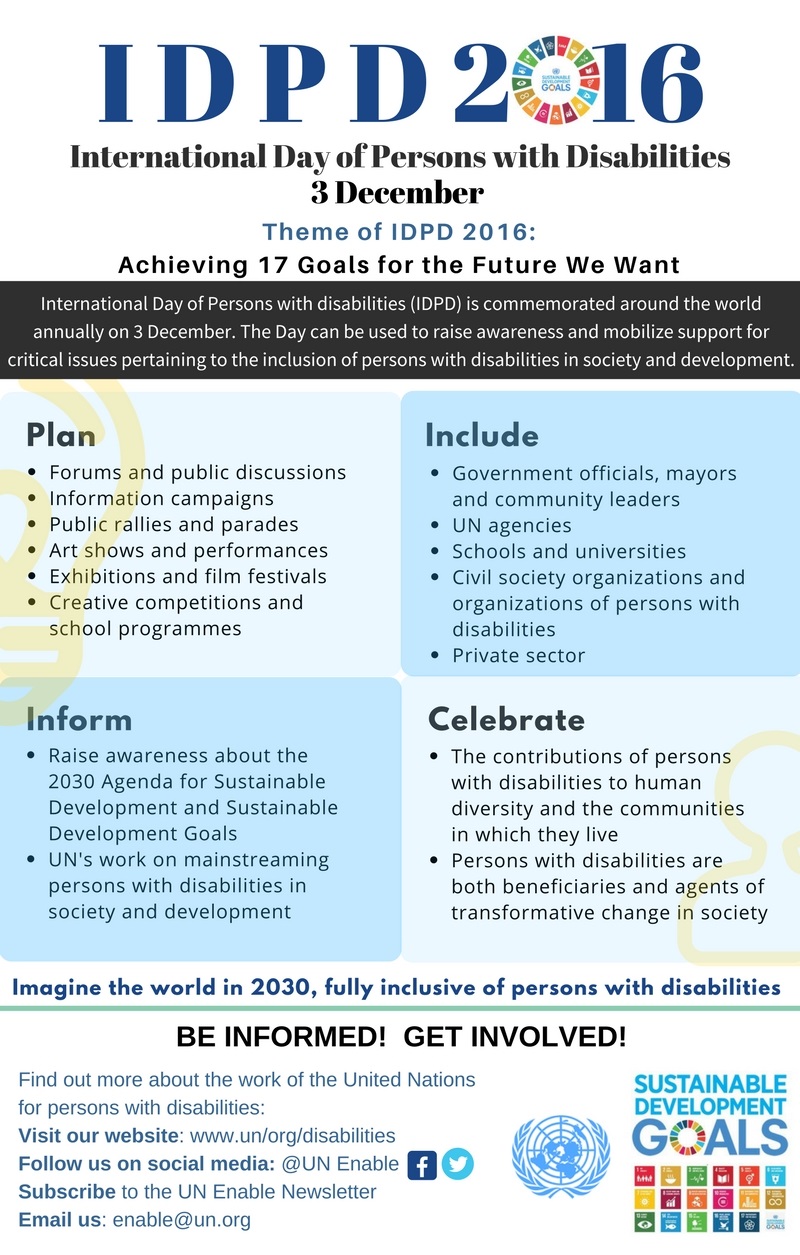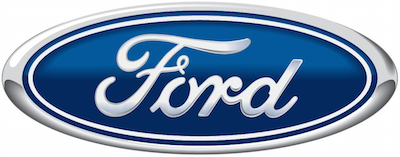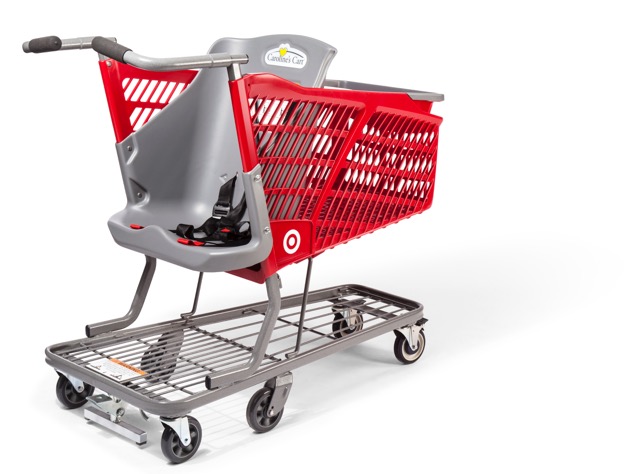 A rule of business is to create products, experiences and/or services needed by customers so they buy it, share it, and buy it again. If customers aren’t buying what you’re selling, your business is a hobby. For instance, coffee by itself is just a caffeinated, warm beverage, but Starbucks has created an experience for its customers. Howard Schultz, company President and CEO, defined the atmosphere that Starbucks attempts to create when he said “We’re in the business of human connection and humanity, creating communities in a third place between home and work.”
A rule of business is to create products, experiences and/or services needed by customers so they buy it, share it, and buy it again. If customers aren’t buying what you’re selling, your business is a hobby. For instance, coffee by itself is just a caffeinated, warm beverage, but Starbucks has created an experience for its customers. Howard Schultz, company President and CEO, defined the atmosphere that Starbucks attempts to create when he said “We’re in the business of human connection and humanity, creating communities in a third place between home and work.”
Starbucks has done extensive research to understand demographics, customer behavior and key drivers that guide purchase decisions for customers, which includes college students, suburban moms, and road warriors. The data informs the strategy, which gives companies like Starbucks a real understanding of customers and what motivates them to buy, time and time again.
I’ve met business leaders whose organizations target various markets. When the discussion shifts to explore what they know about the disability market, these diversity and multicultural market champions name the organizational barriers that impede progress, which are primarily fiscal constraints and needing more information to build the business case. I ask my colleagues “Can you imagine if your company didn’t target the LGBTQ or African-American markets?” Typically, the answer is no. I share that with the same focus, discipline and intention used to build relationships with other markets, the same focus and drive has to be applied to the disability market.
When I engage clients to understand, penetrate and retain the disability market we start with foundational questions. As we’re on the cusp of a new year, you may find them helpful to guide internal discussions to position your organization to become disability inclusive. I suggest inviting 3 to 5 internal stakeholders to answer these questions with you. This is just a preliminary list to begin with so feel free to add to it:
- What has your organization done to market to, serve or employ people with disabilities?
- What does your organization know about the disability market – as consumers and potential employees?
- What does the company need to know that it doesn’t know?
- Who are the senior leaders that can advance disability inclusion?
- What additional data is needed?
- What are the first steps that can be taken, not requiring resources, to understand people with disabilities?
- Does the company have an Employee Resource Group? If so, how can this group be tapped to provide input for the organization’s disability inclusion strategy?
People with disabilities want to buy products and services, and work for organizations that know them. Let’s make 2017 the year your organization takes first steps to move beyond compliance to new customers and employees.

 For over a century, the Ford Motor Company has distinguished itself as an innovator in automotive technology and design. With 67 plants worldwide, this industry giant commands a workforce of over 200,000 that will now expand to include persons on the autism spectrum as part of its groundbreaking program FordInclusiveWorks. While similar employment models are increasingly common throughout the business world, what distinguishes the Ford initiative is that positions will be offered at various levels throughout the company rather than in assembly lines alone
For over a century, the Ford Motor Company has distinguished itself as an innovator in automotive technology and design. With 67 plants worldwide, this industry giant commands a workforce of over 200,000 that will now expand to include persons on the autism spectrum as part of its groundbreaking program FordInclusiveWorks. While similar employment models are increasingly common throughout the business world, what distinguishes the Ford initiative is that positions will be offered at various levels throughout the company rather than in assembly lines alone Crucial to achieving those goals has been the partnership Ford built with
Crucial to achieving those goals has been the partnership Ford built with  Before Caroline’s Carts, a trip to the grocery store or a quick dash to pick up household or clothing items could be a logistical nightmare for families with a special needs child or an adult family member who cannot be left alone. By making it possible for these families to enjoy one more bit of normalcy in their lives, Drew Ann Long, inventor of Caroline’s Cart and the mother of a child with Rett Syndrome, has now changed the dynamic of that everyday experience.
Before Caroline’s Carts, a trip to the grocery store or a quick dash to pick up household or clothing items could be a logistical nightmare for families with a special needs child or an adult family member who cannot be left alone. By making it possible for these families to enjoy one more bit of normalcy in their lives, Drew Ann Long, inventor of Caroline’s Cart and the mother of a child with Rett Syndrome, has now changed the dynamic of that everyday experience.